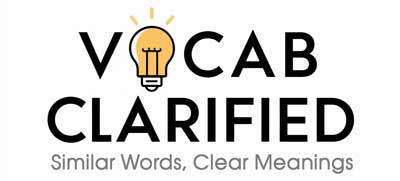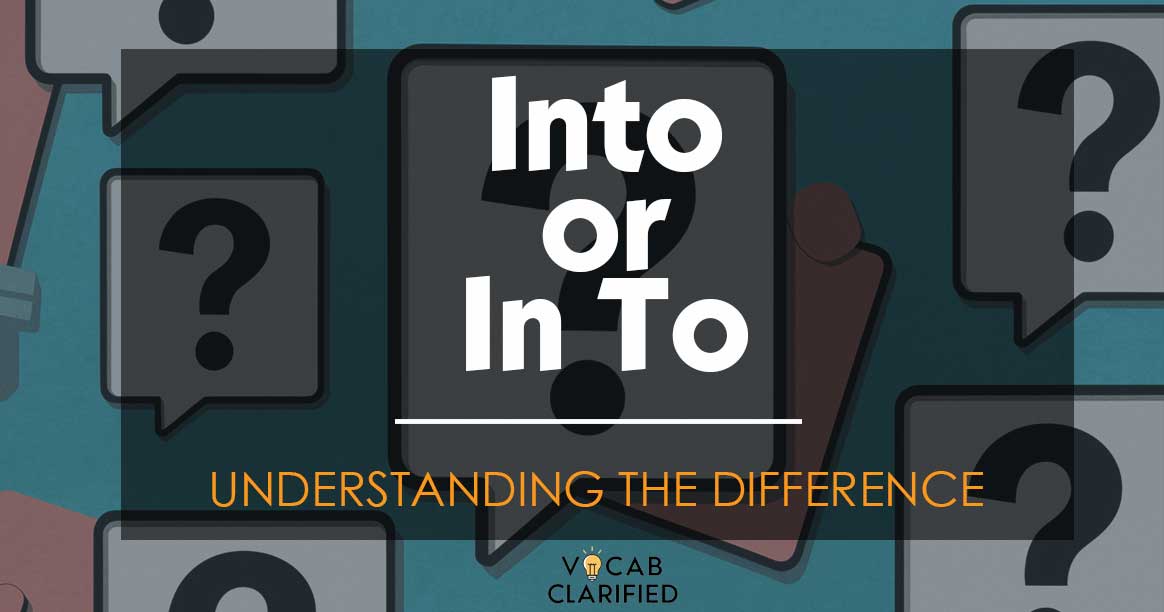Ever found yourself puzzled over whether to write “into” as one word or split it into “in to”? You’re not alone. Many English speakers stumble over this seemingly minor distinction, which can change the meaning of a sentence entirely. Let’s dive into the nuances between “into” and “in to” to clear up any confusion.
Understanding Into And In To
Into: Definition and Usage
“Into” is a preposition typically used to indicate movement toward the inside of a place or thing. It often signifies entering or being enclosed within something.
For example:
- Movement: “She walked into the room quietly.”
- Transformation: “The caterpillar turns into a butterfly.”
In To: Definition and Usage
Contrastingly, “in to” is a combination of the adverb “in” and the preposition “to,” which appear together but serve different roles in a sentence.
It often occurs when “in” is part of a verb phrase and “to” is a preposition or part of an infinitive verb.
For instance:
- Phrasal Verb with Preposition: “He gave in to temptation and ate the last cookie.”
- Verb Phrase with Infinitive: “She came in to see the manager.”
Side-by-Side Comparison
To further clarify the differences and help you decide which to use, here’s a side-by-side comparison:
| Aspect | Into | In To |
| Definition | Preposition indicating movement or transformation | “In” (adverb) followed by “to” (preposition) |
| Common Usage | “They drove into the tunnel.” | “He logged in to check his email.” |
| Key Differences | Implies entering or changing form | “In” and “to” serve separate grammatical functions |
When deciding between “into” and “in to,” consider the context of your sentence. If you’re indicating movement inside something or a transformation, “into” is generally the preferred term.
However, if “in” is part of a verb phrase and “to” is part of an infinitive or a preposition starting a phrase, “in to” may be more appropriate. Remember, the best choice often depends on the specific verbs and meanings in your sentence.
Everyday Usage Examples
Understanding how “into” and “in to” fit into everyday language can help solidify their proper usage. Here are some practical examples:
- Into:
- Movement: “The cat jumped into the box.”
- Transformation: “Water freezes into ice at 0°C.”
- Entering a State: “He slipped into unconsciousness after the accident.”
- In To:
- Phrasal Verb with Preposition: “She checked in to the hotel late last night.”
- Verb Phrase with Infinitive: “They came in to warm up by the fire.”
- Separate Functions: “He stepped in to avoid the rain.”
Conclusion
Understanding the difference between “into” and “in to” enhances the clarity of your writing. “Into” usually denotes movement toward the inside of something or a transformation, while “in to” occurs when “in” and “to” serve separate grammatical purposes but appear next to each other.
Paying attention to the context and the role each word plays in your sentence will help you choose the correct form confidently.

